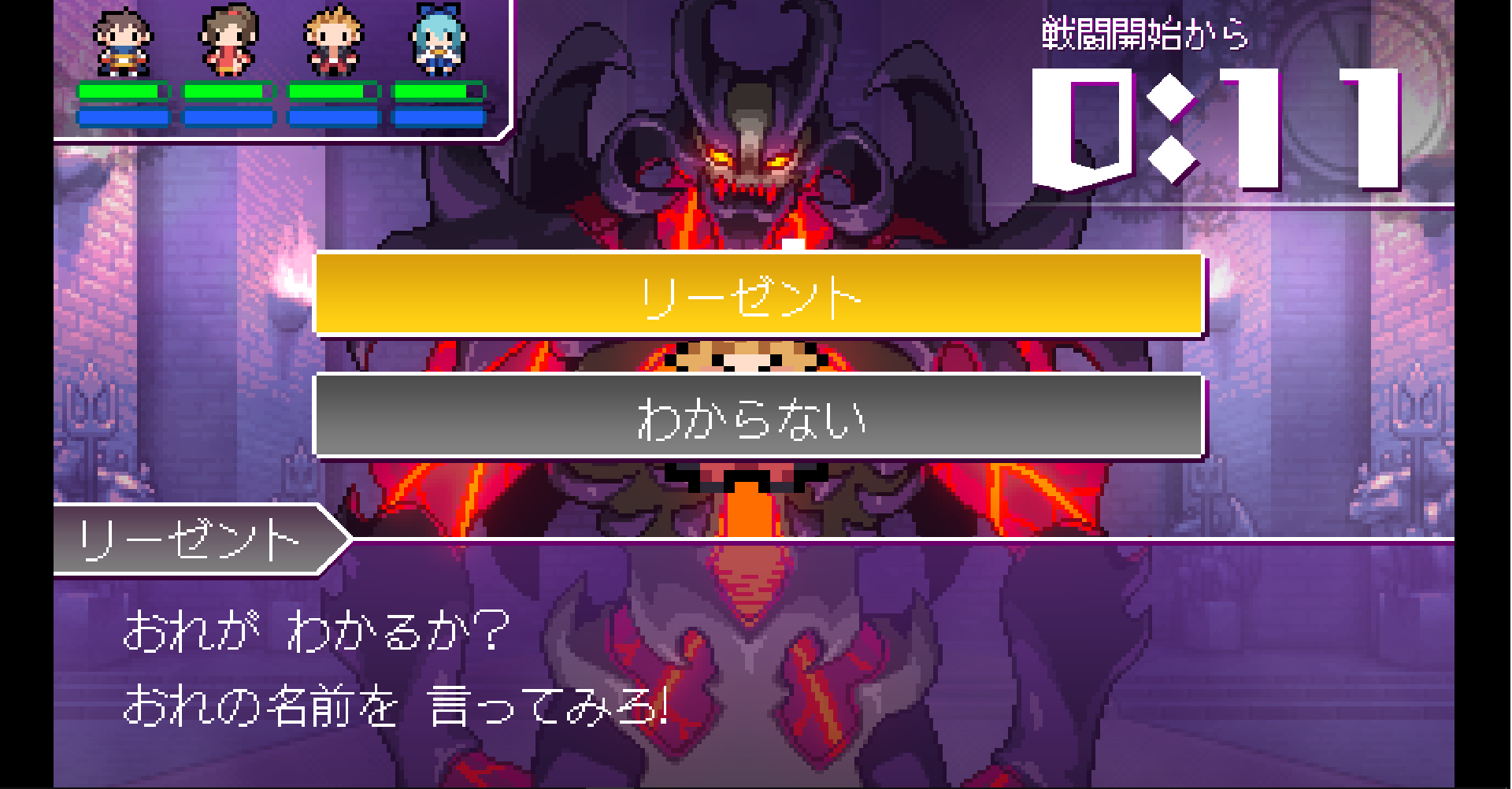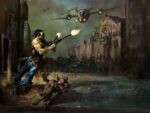Note: Screenshots are taken while playing in Japanese. All screenshots will be translated or be described. Naturally, the game is available to play in English by just changing the settings in the main menu.
HISTORY:
The Longest Five Minutes or Sekaiichi Nagai Gofunkan, was developed by Nippon Ichi Software. Famous for their Disgaea series among others, comes a traditional RPG with a twist.
STORY:
You play as the hero, FlashBack. Name notwithstanding, you don’t remember a single thing. Now that is fine for most RPGs and is even a cliché to a point, but not when your memory loss happens right in front of the final boss known as the Demon King.
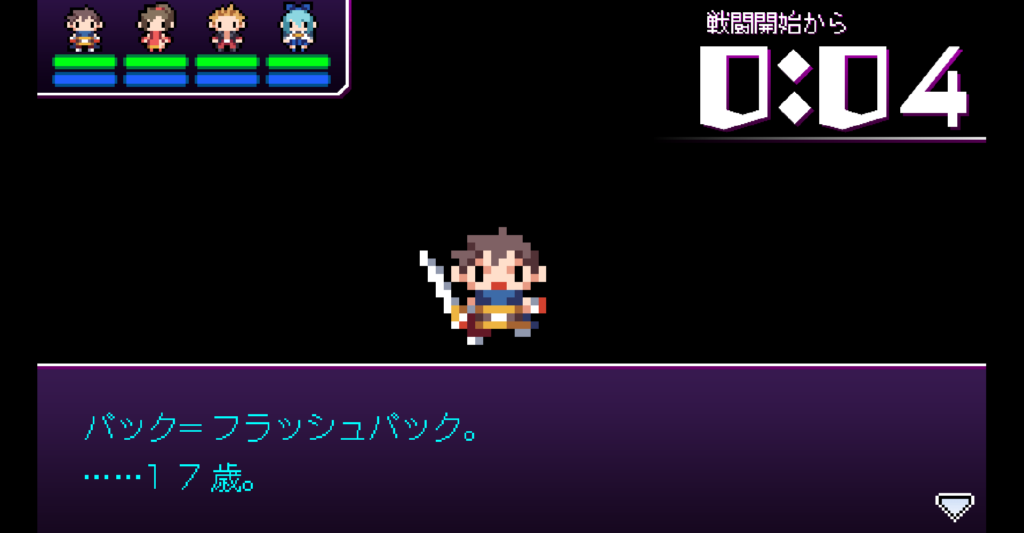
So Flash’s three good childhood friends: Yuzu Nanakarobi, a strong martial artist bursting with energy; Clover Shirotsumekusa, a reserved and caring priestess; and Regent Nightfever, a bard with a sharp tongue, are all there to help Flash recover his memories and beat the final boss.
The story is charming and tends to go more for the humor side. It is rather short for an RPG and can be like 12 hours long or so for a regular run. There are multiple endings for this game: a bad ending, normal ending, and a good ending. Spoiler-wise, I won’t get into them in this review.
GRAPHICS:
The graphics are explicitly a throwback to old-school dot-style role-playing games. It feels like Dragon Quest and Mother put together style-wise. Both game series I highly recommend on their own as well. The backgrounds, world, and battles definitely show their influence in this game.
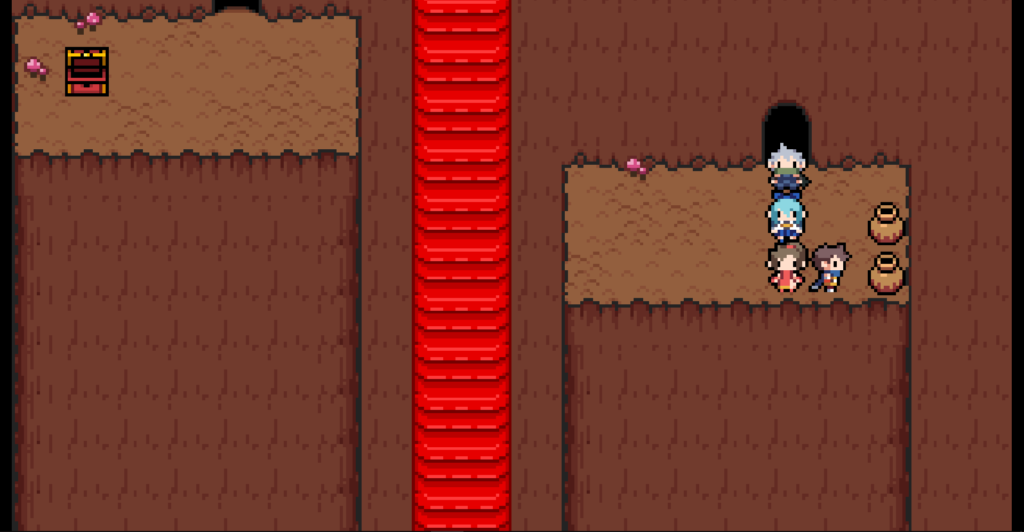
GAMEPLAY:
The Longest Five Minutes is a very traditional RPG divided into chapters that are a game minute long each. So there are five chapters, any of which can be returned to. Within those chapters are sections known as memories. They are basically pieces of the story segmented and upon completion of them you get bonus experience and they advance the story.
During the battle with the Demon King, you are sometimes given a choice. Different choices can open up different memories.

Should you need to, you can always re-live memories and get more re-experience points if you feel you aren’t strong enough for a current memory.
Notice that there is a timer when you are in battle with the Demon King as in the above screenshot. It is not an actual clock in the normal sense. Usually, ticks go by as a character finishes their dialogue and pauses altogether when a memory comes up and the RPG portion of the game kicks in.
Battles are random-encountered and can tend to be of a higher frequency like older games from the Famicom (Nintendo Entertainment System) era of RPGs especially if you use the run function a lot which will make it seem even worse. However, starting at memories when you are base level 13, a repel spell is learned and can be used to ward off random battles. It is very helpful for those who want to avoid the high encounter rate, repeat memories without the battles, and those who would rather focus on the story.

Exclamation point bubbles help the player indicate who to talk to further the story along. This goes for side-quests as well. Although in this case, side-quests consist of fulfilling the trophy condition for each memory in order to get bonus experience points.
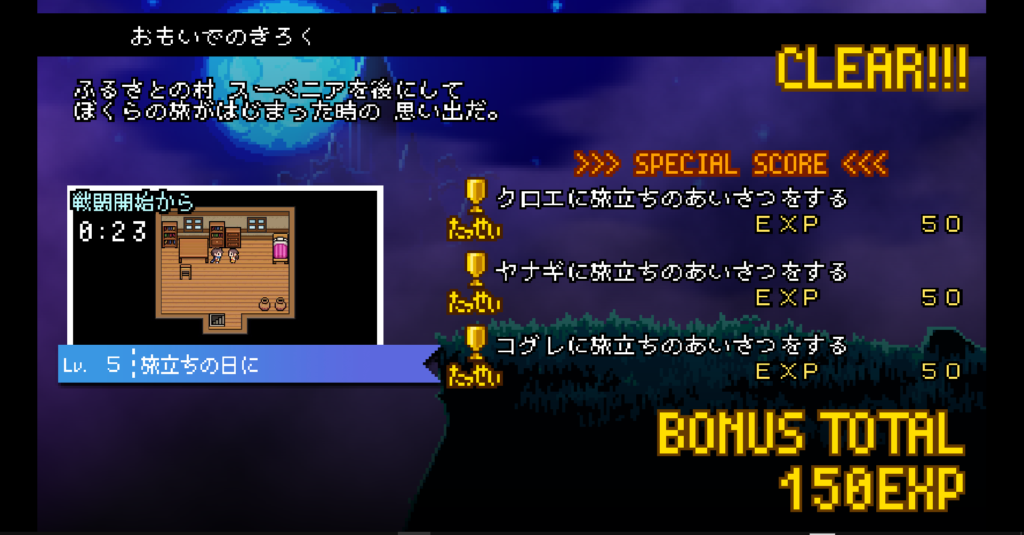
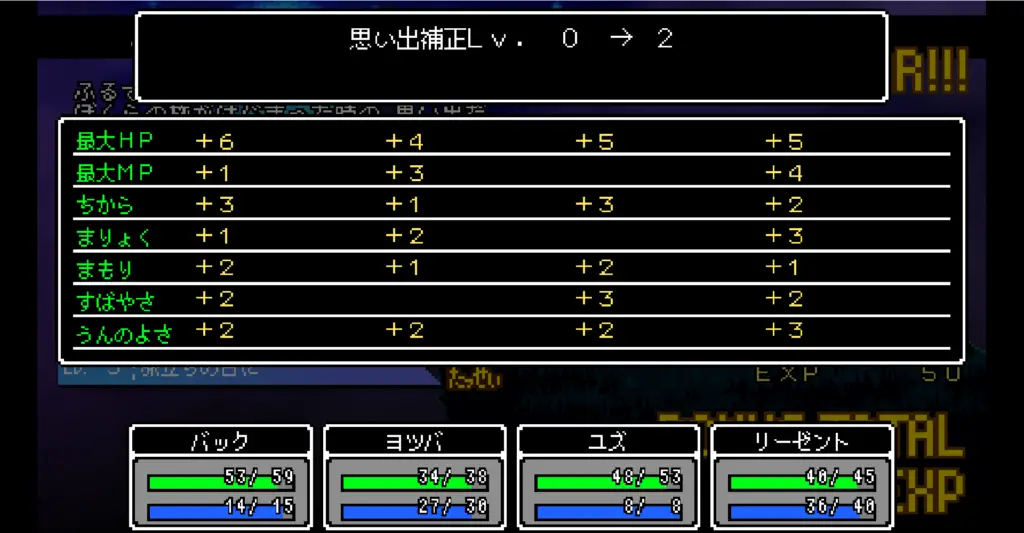
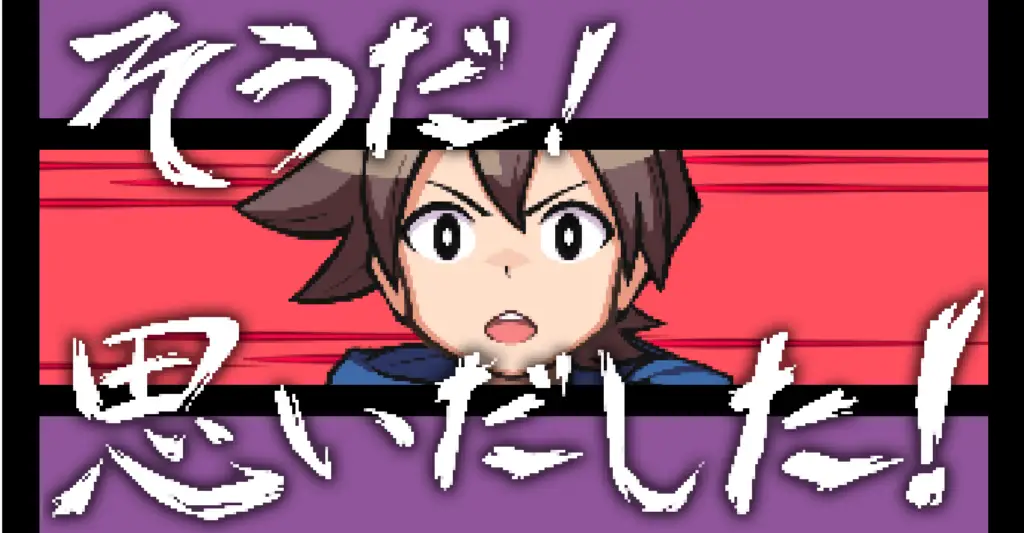
One huge thing you will notice when you transition from one memory to the next is that items, money, and equipment do not carry over. So you don’t really have to get any items should you choose to. Fighting still matters though to an extent because of the added bonus stats the re-experience level gives you unless you feel powerful enough each time you start a memory to finish it.
MUSIC:
The music is very well done and a nice surprise. The opening theme and the regular boss battle themes are two of my favorites. The composer is Yukinari Irumagawa and the soundtrack can be purchased on steam.

